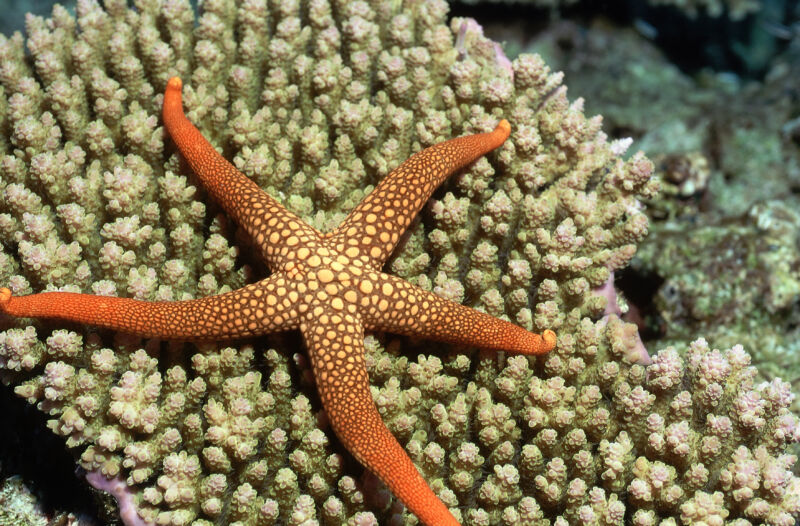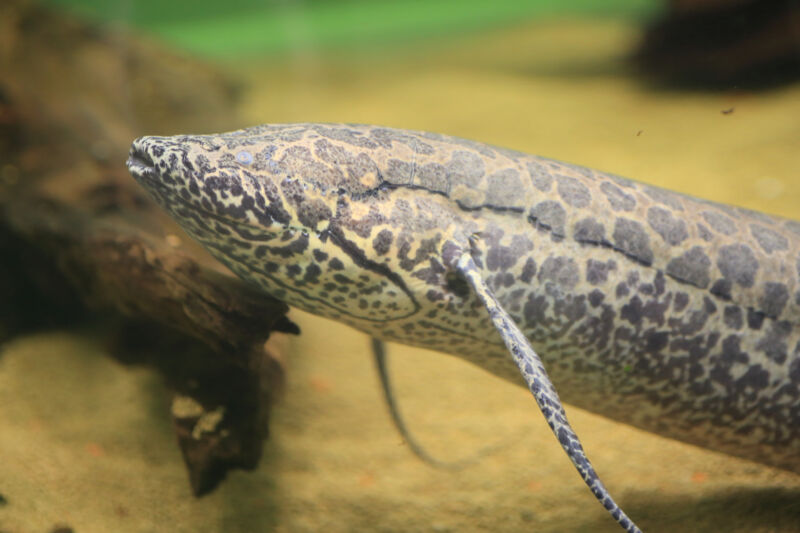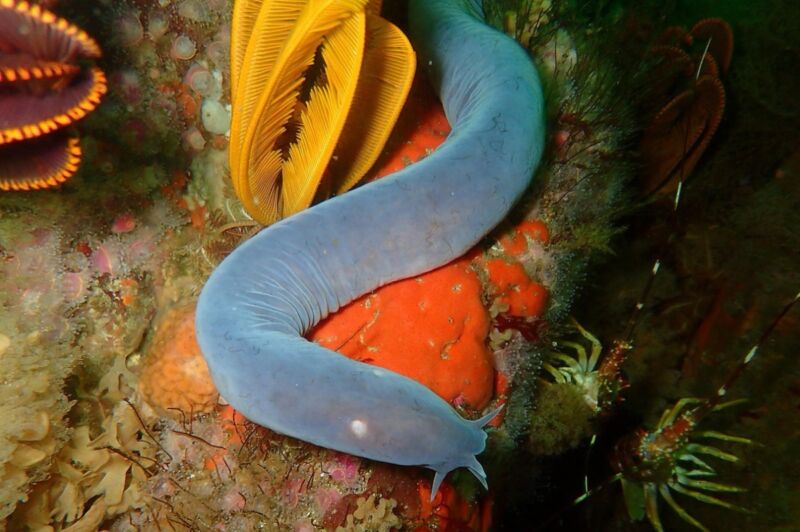Bizarre fish has sensory “legs” it uses for walking and tasting
Evolution has turned out bizarre and baffling creatures, such as walking fish. It only gets weirder from there. Some of these fish not only walk on the seafloor, but use their leg-like appendages to taste for signs of prey that might be hiding.
Most species of sea robins are bottom-dwellers that both swim and crawl around on “legs” that extend from their pectoral fins. An international team of researchers has now discovered that the legs of the northern sea robin, Prionotus carolinus, double as sensory organs. They are covered in bumps called papillae (similar to those on a human tongue) with taste receptors that detect chemical stimuli coming from buried prey. If they taste something appetizing, they will dig for their next meal.
There is more to this fish than its extraordinary way of hunting. Analysis of P. carolinus genes found that a gene that may date back to the origin of animals controls the formation of both legs and sensory papillae, which hints at how they might have evolved.
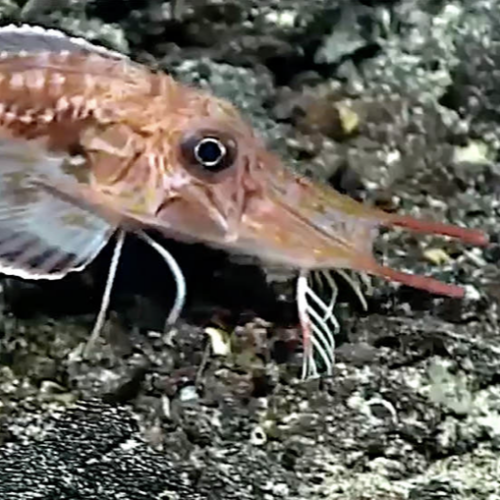
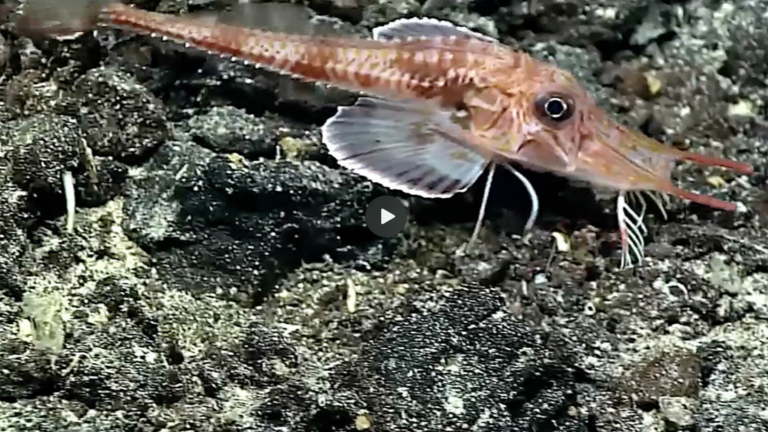
© NOAA
